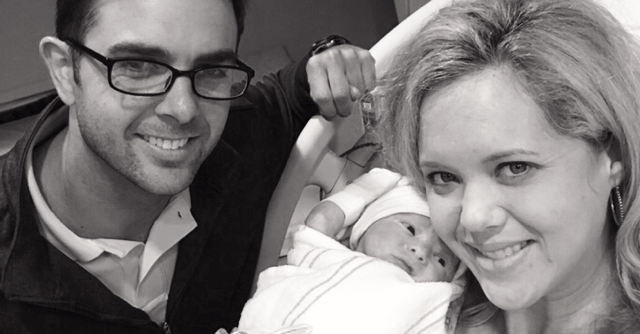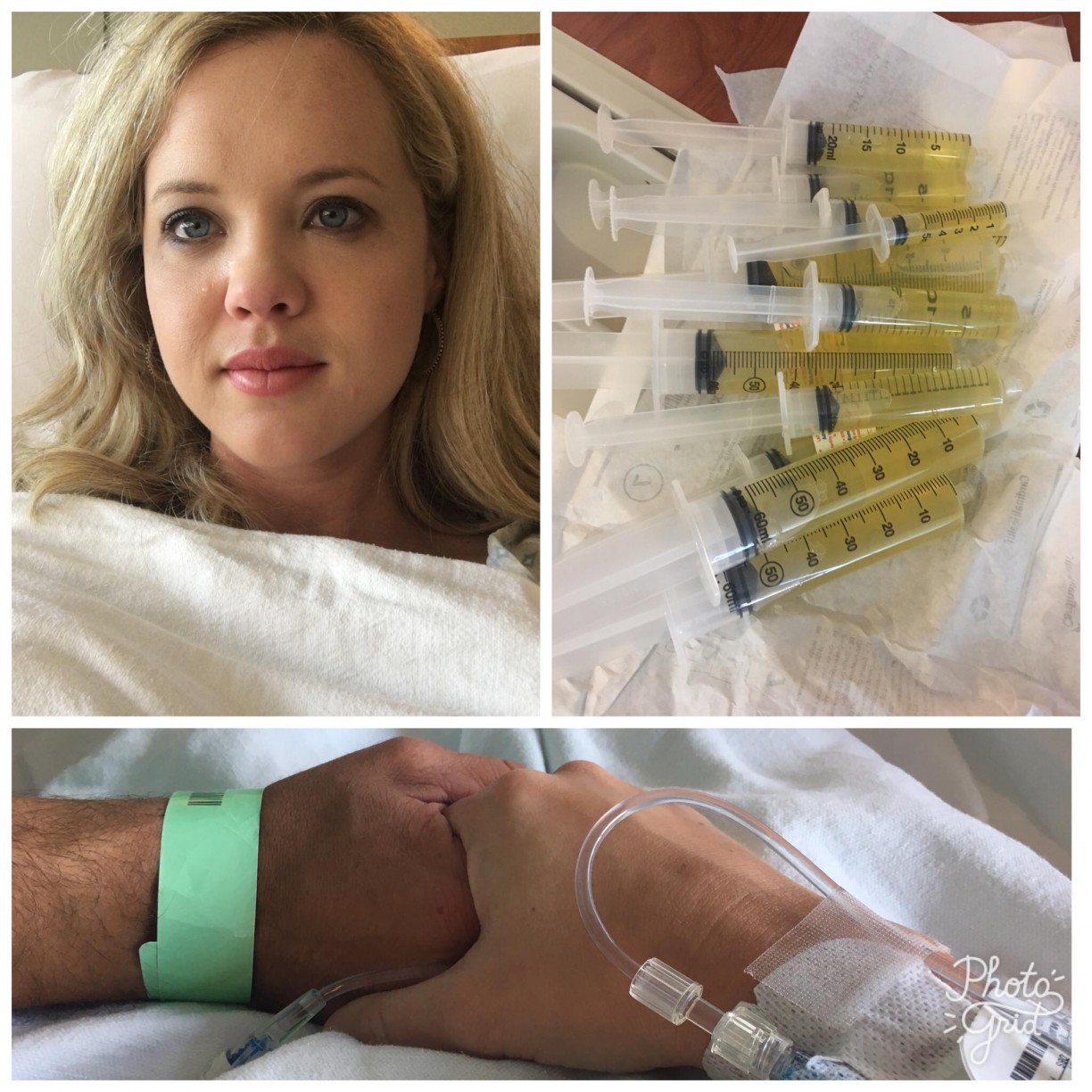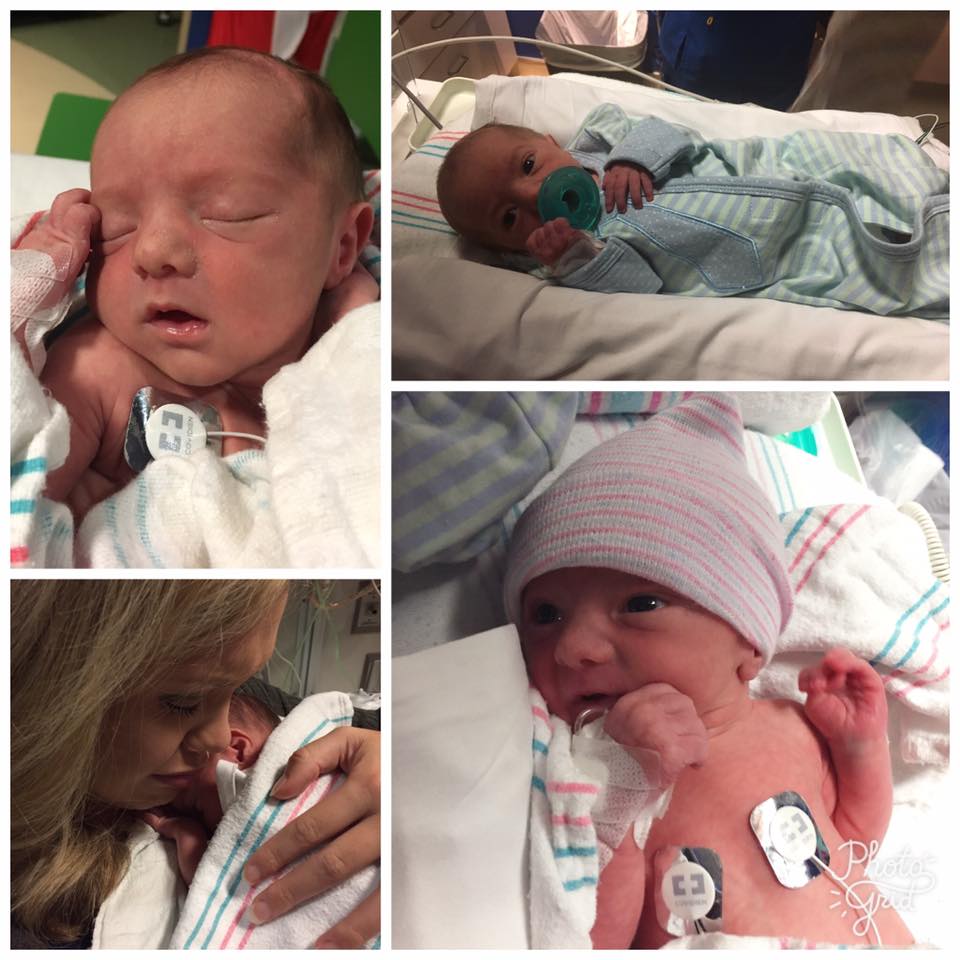
The day had arrived. We prepared for this day for months. Only we didn’t prep in the way most families do for a new arrival.
There was no stocking of diapers or complete nursery; I had even forgotten to buy new bottles. No, our preparation came in the form of multiple doctor appointments a week, MRI’s, in-depth ultrasounds and a move into a Ronald McDonald House four hours away.
Our pregnancy was high-risk. But on top of the diagnosis that made it high-risk (posterior urethral valves) we had another diagnosis—bilateral clubbed feet. On top of that diagnosis, was another point that none of the four, local or far-away, high-risk specialists we saw brought up—shortened long bones.
We had an amniocentesis done early in the pregnancy because the doctor was convinced there was something genetically off. It came back normal. But every doctor we saw after told us to be prepared.
An amniocentesis can’t tell you everything.
As the technician poured warm goo over my belly and took out her wand to scan each week—those six words hung over the black and white screen. They were etched into the darkest parts of my heart, where worry and brokenness linger.
My first son has Down syndrome. We walked the tough prenatal diagnosis road before. That road transported us into the world of disability. And I’m thankful we’re here.
However, once you’ve entered this world, you learn things you can’t unlearn.
You meet people with rare genetic conditions, some of which are not that life-altering, yet some are deadly. Months before I got pregnant, I sat in a church and watched our neighbors say goodbye to their two-year-old daughter.
On top of dealing with a dangerous diagnosis that was already so complicated, for 23 weeks I worried if the specialist’s suspicions would be confirmed on his birthday.

Per the doctor’s request, I labored unmedicated for 14 hours. Finally, my water broke and I could tell he was coming fast. The room filled with more than a dozen medical professionals. I panicked thinking they may not get the epidural administered on time.
But more than that—I started panicking about seeing him for the first time. Like his brother, would I be able to tell by looking at him? Would I know if he had a form of skeletal dysplasia, like they suggested, or a rare set of gene duplications or deletions?
Three pushes and he was out. The doctor held him up—“Look, Jillian, look!” “We’re going to assess him right here, Jillian.” “Look, Jillian—he has hair!”
I’m assuming she could see the blankness stamped across my face. I did not want to look at him.
Looking at him meant facing my fears, looking at him meant falling in love with him, looking at him meant setting myself up for heartbreak.
I couldn’t imagine getting another diagnosis on top of the two he had. I wondered if this would be the moment my life changed forever, again.
They handed him to me. I kept looking at my husband, “Is he okay?” “Is he okay?” Thinking he would have the answer I wanted. Then I finally looked at him.
Happiness may have been absent from that crowded 9th-floor delivery room, but love was not. With one look, love started replacing the fear.
Of course, we already loved him, we made tough decisions to give him the best care possible. But, I didn’t feel it. I didn’t feel the love until he calmly looked into my eyes with a deeply furrowed brow and I smiled—he’s skeptical, like me.
They took him to the NICU where he stayed for ten days.
As we sat by his bedside each day, I didn’t feel happy, but love grew, a determination was forged and my weakened postpartum body and soul were strengthened.
That strength was needed. Our son did not have any additional genetic diagnoses, but we had a fight in front of us.
I didn’t feel happy the day my son was born. I didn’t get the birth story I wanted. Stress was unavoidable, but so was love. Happiness isn’t what carries us through the hard times, only love can do that.







